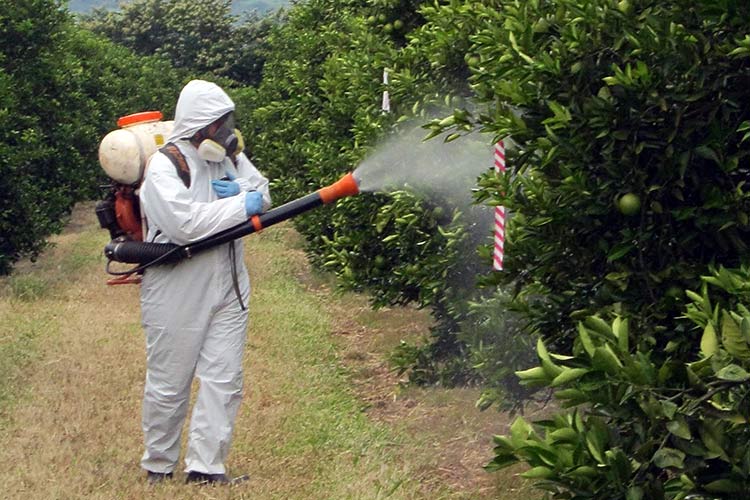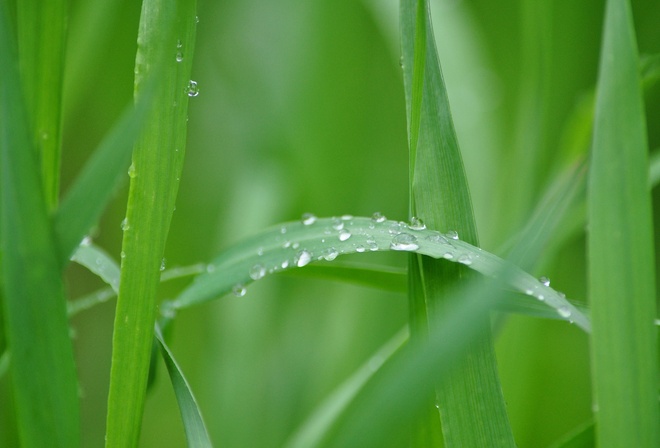Хлорталонил является смертельно опаснымResearch Finds Common Fungicide Damages Ecosystem
23.05.2012

Исследователи Университета Южная Флорида обнаружили, что широко используемый фунгицид хлорталонил является смертельно опасным для разнообразных пресноводных организмов, включая амфибий, улиток, зоопланктон, водоросли и водные растения. Публикация основывается на исследовании,начатом в прошлом году, в ходе которого было обнаружено, что фунгицид является смертельным для лягушек даже в низких дозах, уничтожив 87% популяции.
University of South Florida (USF) researchers find that the commonly used fungicide chlorothalonil is lethal to a variety of freshwater organisms, including amphibians, snails, zooplankton, algae and aquatic plants below estimated environmental concentrations deemed safe by the U.S. Environmental Protection Agency (EPA). The research builds on a study published last year by the team which found that the fungicide is lethal to frogs at low doses, wiping out 87% of the population at the expected environmental concentration level.
Исследования проводились в течении 4-х недель с помощью нескольких резервуаров заполненных водой, чтобы имитировать условия пруда. Были проведены подсчёты того, сколько можно использовать хлортаронила фермерам, чтобы стоки не попадали в близлежащие водоёмы. Хотя некоторые виды оправились от химического воздействия, исследователи обнаружили, что экосистема коренным образом изменилась.
Хлорталонил широко используется в борьбе с болезнями продовольственных культур по всему миру, в том числе и в Украине. Впервые был зарегистрирован 1966 году.
По материалам http://www.beyondpesticides.org
The study, entitled “Fungicide-induced declines of freshwater biodiversity modify ecosystem functions and services” was published in the journal Ecology Letters by USF biologists Taegan McMahon, PhD and Jason Rohr, PhD.
The study was conducted over the course of four weeks using several 300-gallon tanks that were filled with water to mimic pond conditions. Using EPA calculations of how much chemical the farmer would use and how much would be expected to runoff into nearby bodies of water, they dosed the tanks with chlorothalonil. Though some species were able to recover from the chemical assault, researchers found that the ecosystem was fundamentally changed.
“In addition, to reducing biodiversity and altering ecosystem functions, chlorothalonil reduced the decomposition of waste, an important service that freshwater ecosystems provide to humans,” said Dr. McMahon.
“Interest in the relationship between biodiversity and ecosystem functions stems at least partly from the concern that anthropogenically-driven declines in biodiversity will reduce or alter the benefits offered by ecosystems,” Dr. Rohr said. “Surprisingly, however, this is one of the first studies to actually manipulate an anthropogenic factor and link it to changes in ecosystem functions mediated by declines in biodiversity.”
Chlorothalonil is a widely used golf course and food crop broad-spectrum fungicide, which was originally registered in 1966. It is registered for use against plant diseases such as powdery mildew, early and late blight and various rots and molds. Previous studies have found high concentrations of chlorathalonil in bee hives. Large concentrations have also been discovered in high altitudes, where polluted air from farm land often gets pushed, which helps to shed light on shrinking amphibian populations at high altitudes.
The researchers point out that this study emphasizes the need to re-evaluate the safety of chlorothalonil and hope that this work will encourage further research on effects of anthropogenic factors on ecosystem functions in systems with complex food webs.
http://www.beyondpesticides.org
Читайте нас у Telegram




